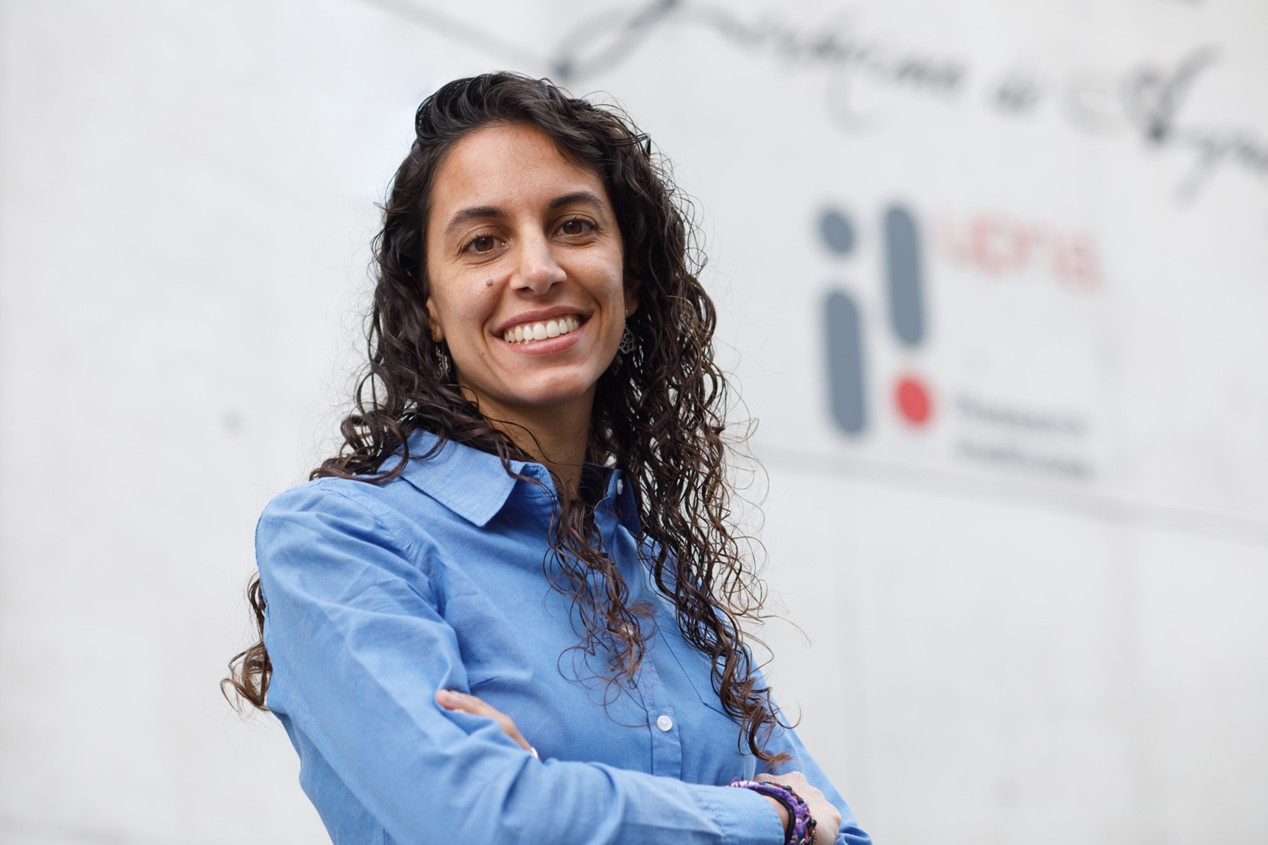
Departament of Physical Education and Sport
Faculty of Sport Sciences
University of Granada , Spain
Crta Alfacar s/n. 18071. Granada, Spain.
Cristina Cadenas-Sánche is a tenured professor and Marie Curie fellow at the University of Granada. She studied Physical Education Teaching and Sport Sciences at the University of Granada, where she also earned her International PhD in Biomedicine in 2018. Cristina has completed several international research stays at prestigious institutions, including Stanford University, Imperial College London, and the Norwegian School of Sport Sciences, among others. Among her most recent achievements, Cristina has received numerous national and international awards for her research career, becoming the first Spanish recipient of the New Investigator Award in Childhood Obesity from the European Association for the Study of Obesity (EASO). She currently co-leads the Exercise and Obesity Working Group of the Spanish Society for the Study of Obesity (SEEDO).
Contribution: In this study involving over 400,000 Norwegian adults followed for a median of 27 years, we found that higher levels of occupational physical activity were associated with a lower risk of developing several types of cancer (such as endometrial, colon, breast, rectal, and prostate cancer). However, we also observed that greater physical activity at work was linked to an increased risk of mortality from esophageal and kidney cancer. These findings nuance the role of physical activity in the workplace and highlight the need to consider the context and type of activity when issuing public health recommendations.
Contribution: In this study, we demonstrated that an exercise intervention can reduce total adiposity—measured with gold-standard methods—in up to 80% of children with overweight or obesity. The intervention also had a positive impact on visceral adiposity, LDL cholesterol, and cardiorespiratory fitness.
Contribution: In this study, we showed that adding supervised exercise to a family-based lifestyle intervention significantly enhanced the reduction of abdominal fat in children with overweight or obesity, including visceral, subcutaneous, and intermuscular fat. Moreover, we found that the reduction in visceral fat largely explained improvements in insulin resistance, reinforcing the key role of exercise in the early prevention of type 2 diabetes in pediatric populations.
Contribution: In this study, we found that improvements in hepatic steatosis in children with overweight or obesity after a multicomponent intervention were partly mediated by the reduction of intermuscular abdominal fat. Only those children who achieved a meaningful reduction in this muscle fat showed improvements in liver fat, independently of total abdominal fat loss. These findings identify abdominal muscle fat infiltration as a potential therapeutic target for treating metabolic dysfunction-associated steatotic liver disease (MASLD) in childhood obesity.
Contribution: This is likely our most significant contribution to the field of exercise and brain health to date. This article reports the effects of the ActiveBrains exercise program on the primary study outcomes, showing that intelligence can be effectively improved through physical exercise during growth stages, among other important findings. This study lays the groundwork for potential changes in school physical education policies.